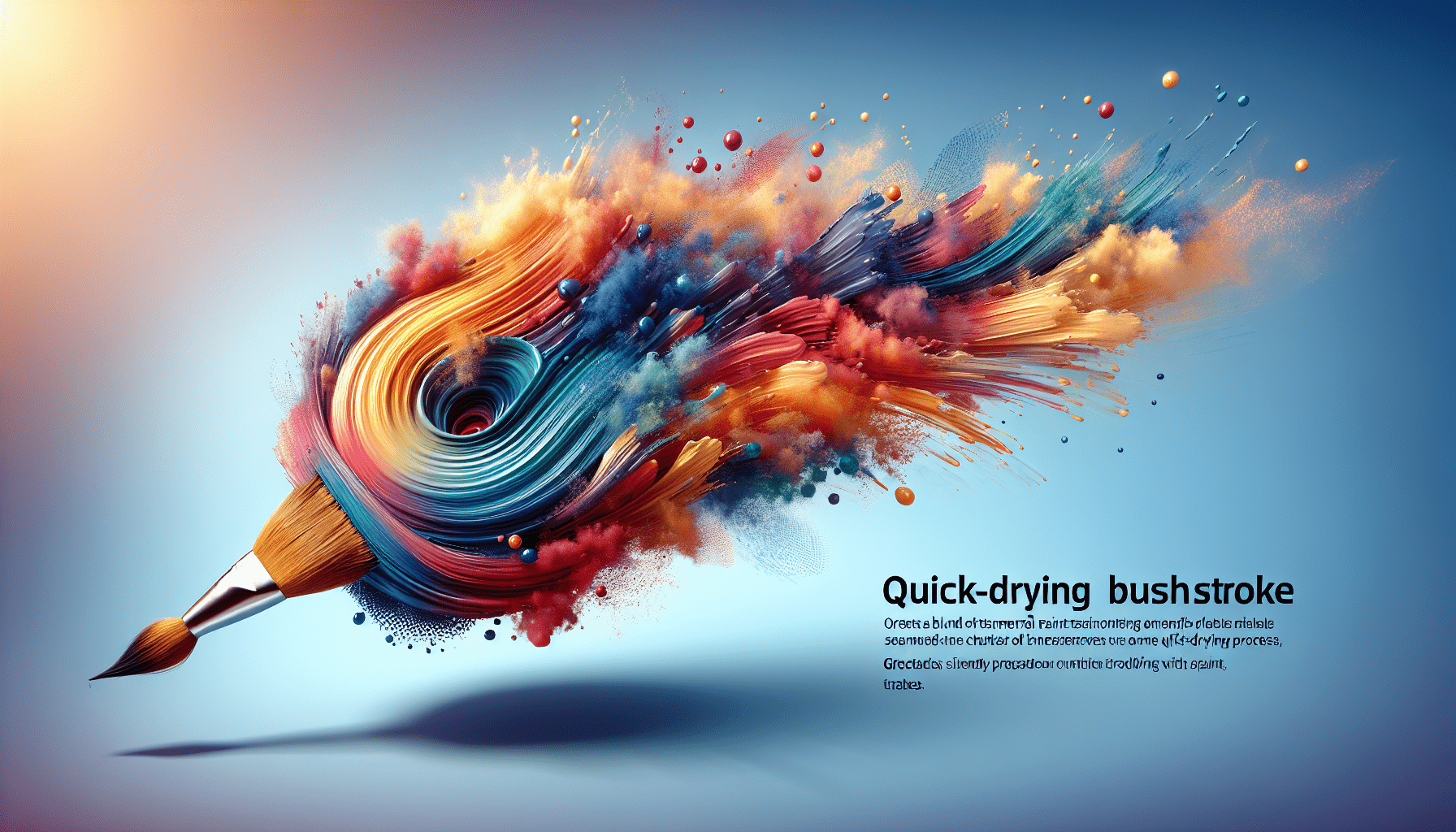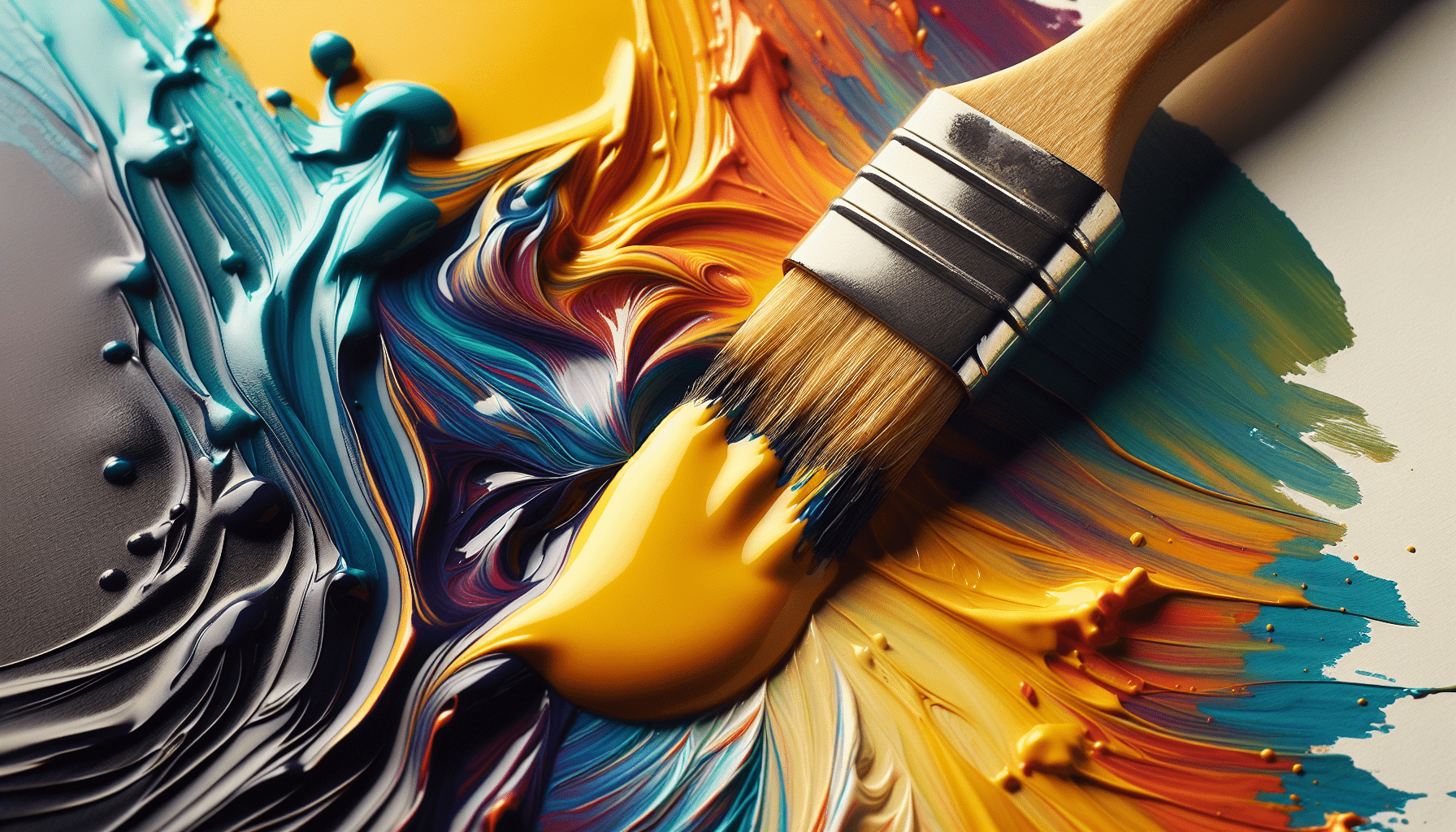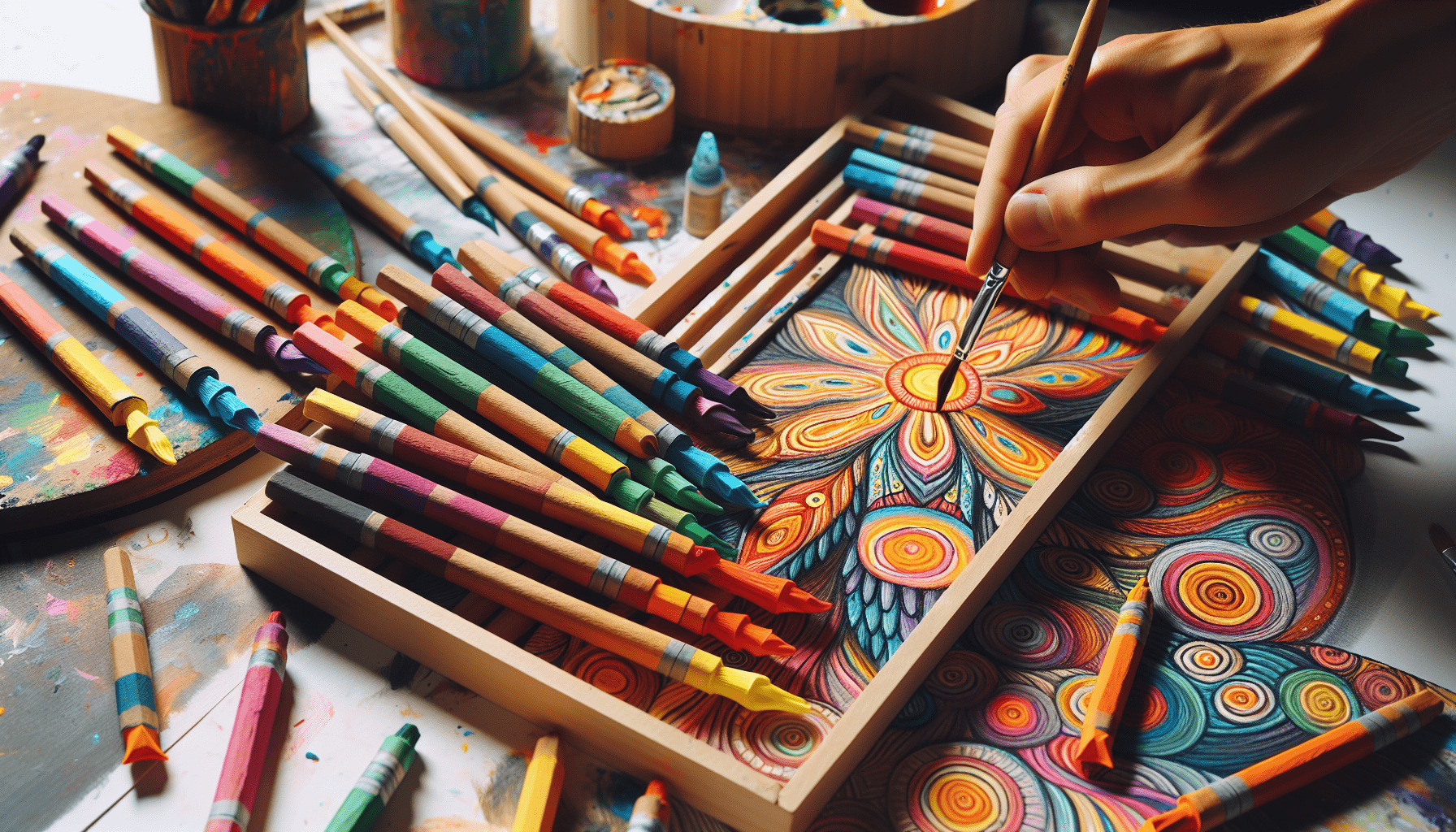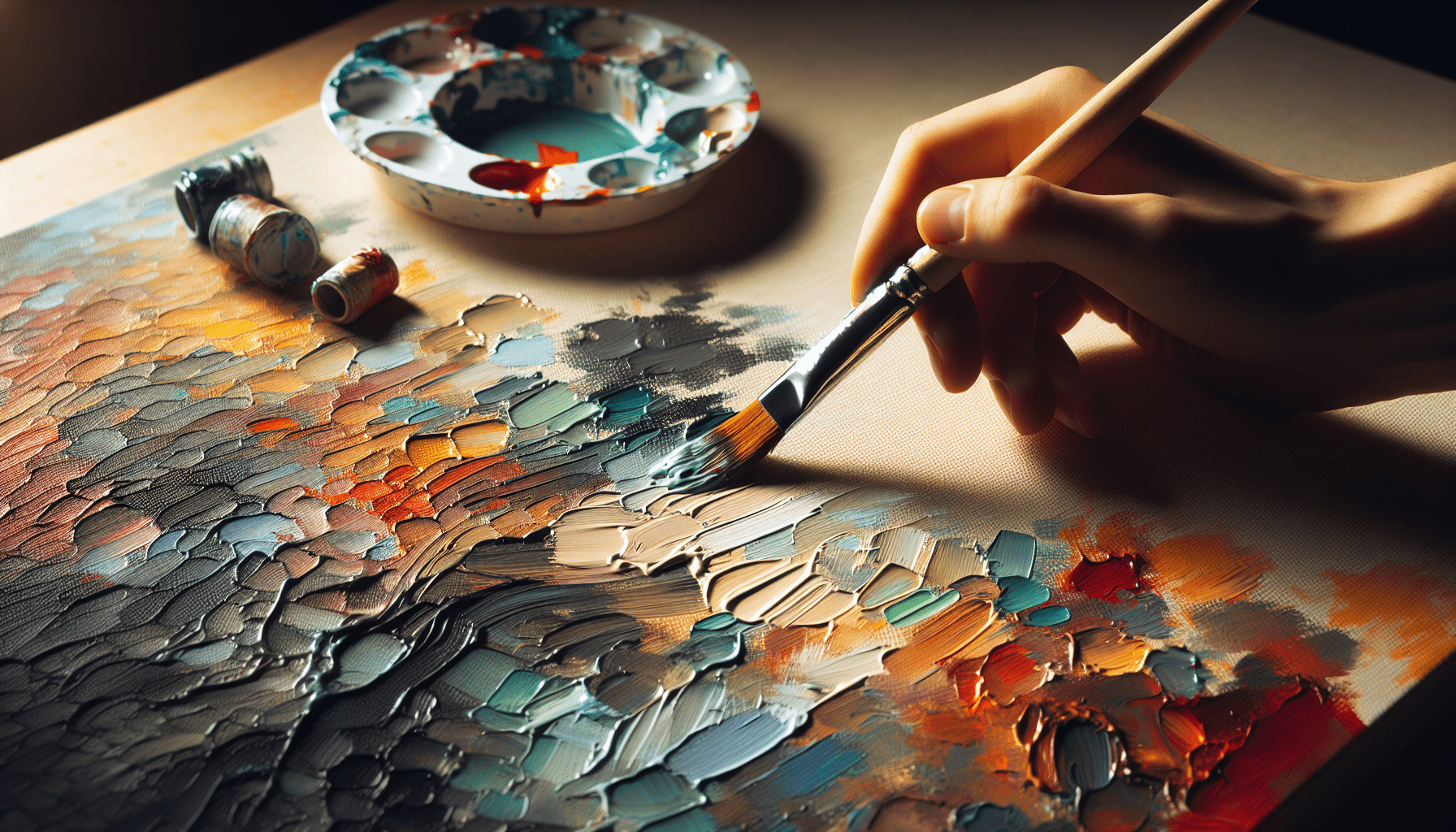In the world of art, knowing how quickly different types of paint dry can greatly affect your work process and overall outcome. When it comes to tempera paint, many artists wonder, “Does tempera paint dry fast?” Tempera paint is known for its quick drying time, making it an ideal choice for artists who prefer to work in layers or need to work efficiently on their projects. Understanding the drying time of tempera paint can help you create beautiful and seamless artworks with ease.
Does Tempera Paint Dry Fast
Have you ever wondered if tempera paint dries quickly? Whether you are a professional artist, a teacher, or simply a curious enthusiast, understanding the drying time of tempera paint can be crucial for your creative projects. In this article, we will explore the topic in detail and provide valuable information about the drying properties of tempera paint.
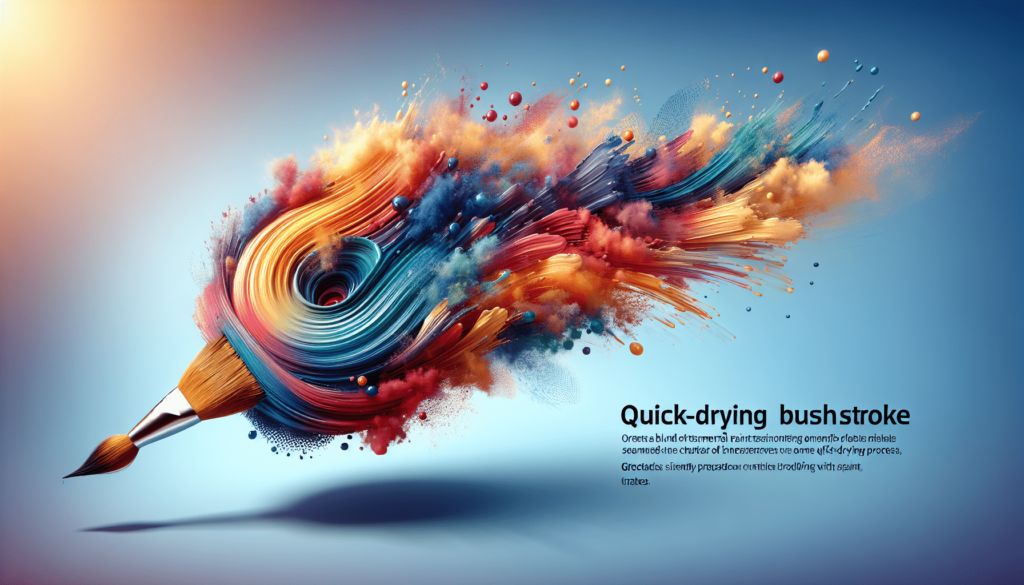
Understanding Tempera Paint
Tempera paint is a popular choice for artists due to its vibrant colors and versatility. It is a water-based paint that has been used for centuries, dating back to ancient civilizations. Traditional tempera paint is made by mixing pigments with a binder such as egg yolk or other ingredients. Modern tempera paints are often synthetic and may contain additives for improved performance.
Tempera paint is known for its fast drying time, which makes it a preferred medium for quick sketches, illustrations, and projects where rapid completion is desired. Whether you are working on a school art project or a commercial illustration, the quick-drying nature of tempera paint can be highly beneficial.
Benefits of Using Tempera Paint
Using tempera paint comes with several advantages. Here are some benefits of working with tempera paint:
-
Fast Drying: Tempera paint dries quickly, allowing you to work efficiently and avoid smudging or blending issues.
-
Opaque Coverage: Tempera paint provides excellent coverage and opacity, making it suitable for creating bold and vibrant artwork.
-
Versatility: Tempera paint can be used on various surfaces such as paper, cardboard, wood, and fabric, making it a versatile medium for artists.
-
Easy Clean-Up: Tempera paint is water-soluble, making it easy to clean up spills and messes with just soap and water.
Whether you are a beginner or an experienced artist, tempera paint offers a range of benefits that can enhance your creative experience.
Factors Affecting Drying Time
While tempera paint is known for its fast drying time, several factors can influence how quickly it dries. Understanding these factors can help you optimize your painting process and achieve the desired results. Here are some key factors that affect the drying time of tempera paint:
Surface Texture
The texture of the painting surface plays a significant role in how fast tempera paint dries. Porous surfaces, such as paper or canvas, tend to absorb the paint quickly, leading to faster drying times. In contrast, smoother surfaces like glass or metal may require longer drying times as the paint sits on the surface without being absorbed.
Thickness of Paint Layer
The thickness of the paint layer also affects drying time. Thicker layers of tempera paint will take longer to dry compared to thin layers. If you are looking for quicker drying times, consider applying multiple thin layers of paint instead of one thick layer.
Ambient Temperature and Humidity
The environmental conditions in which you are painting can impact the drying time of tempera paint. Warmer temperatures and lower humidity levels generally result in faster drying times, while colder temperatures and higher humidity levels can slow down the drying process.
Air Circulation
Proper air circulation can help speed up the drying of tempera paint. If you are working in a well-ventilated area with good airflow, the paint will dry faster compared to a closed or poorly ventilated space.
Considering these factors and making appropriate adjustments can help you control the drying time of tempera paint and achieve the desired results in your artwork.

Tips for Quick Drying
If you are working on a project that requires quick drying time, there are several tips and techniques you can use to expedite the process. Here are some helpful tips for drying tempera paint quickly:
Thin Layers
As mentioned earlier, applying thin layers of tempera paint can help speed up the drying process. Thin layers dry faster and are less likely to crack or peel compared to thick layers.
Use a Hairdryer
Using a hairdryer on a low heat setting can help accelerate the drying of tempera paint. Hold the hairdryer several inches away from the painted surface and move it back and forth to evenly distribute the heat.
Increase Air Circulation
If possible, place your artwork in a well-ventilated area or use a fan to improve air circulation. Moving air helps evaporate the moisture in the paint, leading to faster drying times.
Avoid Overloading the Brush
When applying paint, avoid overloading the brush with too much paint. Excess paint can lead to longer drying times and potential drips or smudges on the artwork.
By implementing these tips and techniques, you can expedite the drying process of tempera paint and complete your projects efficiently.

Experimenting with Drying Times
While tempera paint is known for its fast drying time, artists can experiment with different techniques to extend or shorten the drying time based on their creative needs. Here are some methods you can try to manipulate the drying time of tempera paint:
Adding Water
Adding water to tempera paint can increase its drying time by diluting the pigment and binder. By thinning the paint with water, you can create translucent layers that dry more slowly compared to thicker, opaque layers.
Using Extender Mediums
Extender mediums are additives that can be mixed with tempera paint to alter its drying time and consistency. These mediums can slow down the drying process, allowing for more blending and wet-on-wet techniques.
Working Wet-on-Wet
By painting on a wet surface, you can extend the drying time of tempera paint and create blended effects. This technique involves applying fresh paint to a surface that is already wet with paint, resulting in smoother transitions and softer edges.
Dry Brush Technique
The dry brush technique involves using minimal amounts of paint on a dry brush to create textured effects. This method can accelerate the drying time of tempera paint, as the paint is applied thinly and dries quickly on the surface.
Experimenting with these techniques can help you customize the drying time of tempera paint to suit your artistic preferences and achieve unique effects in your artwork.

Conclusion
In conclusion, tempera paint is a versatile medium known for its fast drying time and vibrant colors. By understanding the factors that influence drying time, implementing helpful tips, and experimenting with different techniques, you can optimize the use of tempera paint in your creative projects. Whether you are a professional artist, educator, or hobbyist, mastering the drying properties of tempera paint can enhance your artistic endeavors and unlock new possibilities in your work. Next time you reach for a bottle of tempera paint, remember that the drying time is in your hands, and with the right knowledge and techniques, you can create stunning artwork efficiently and effectively.
